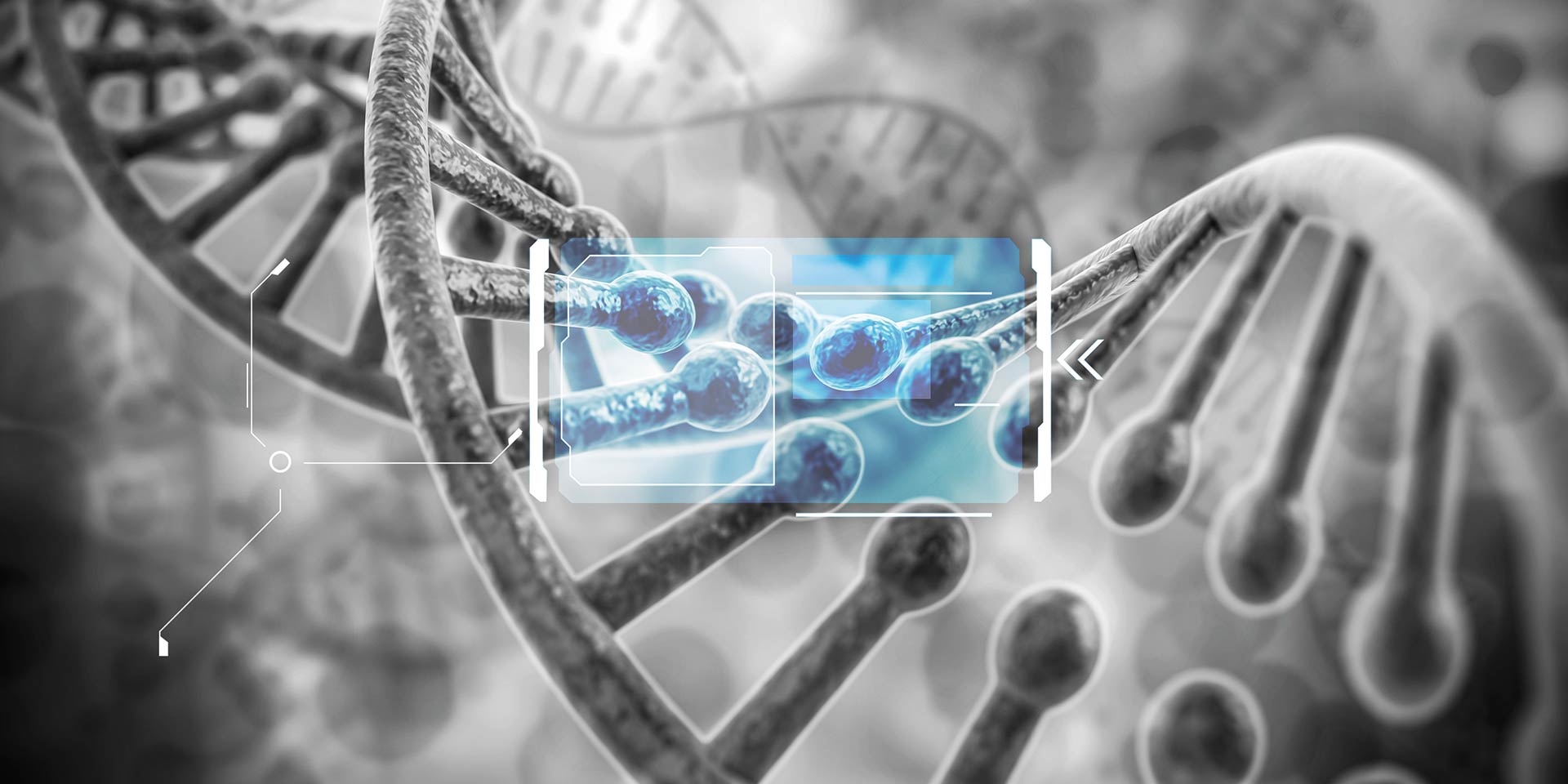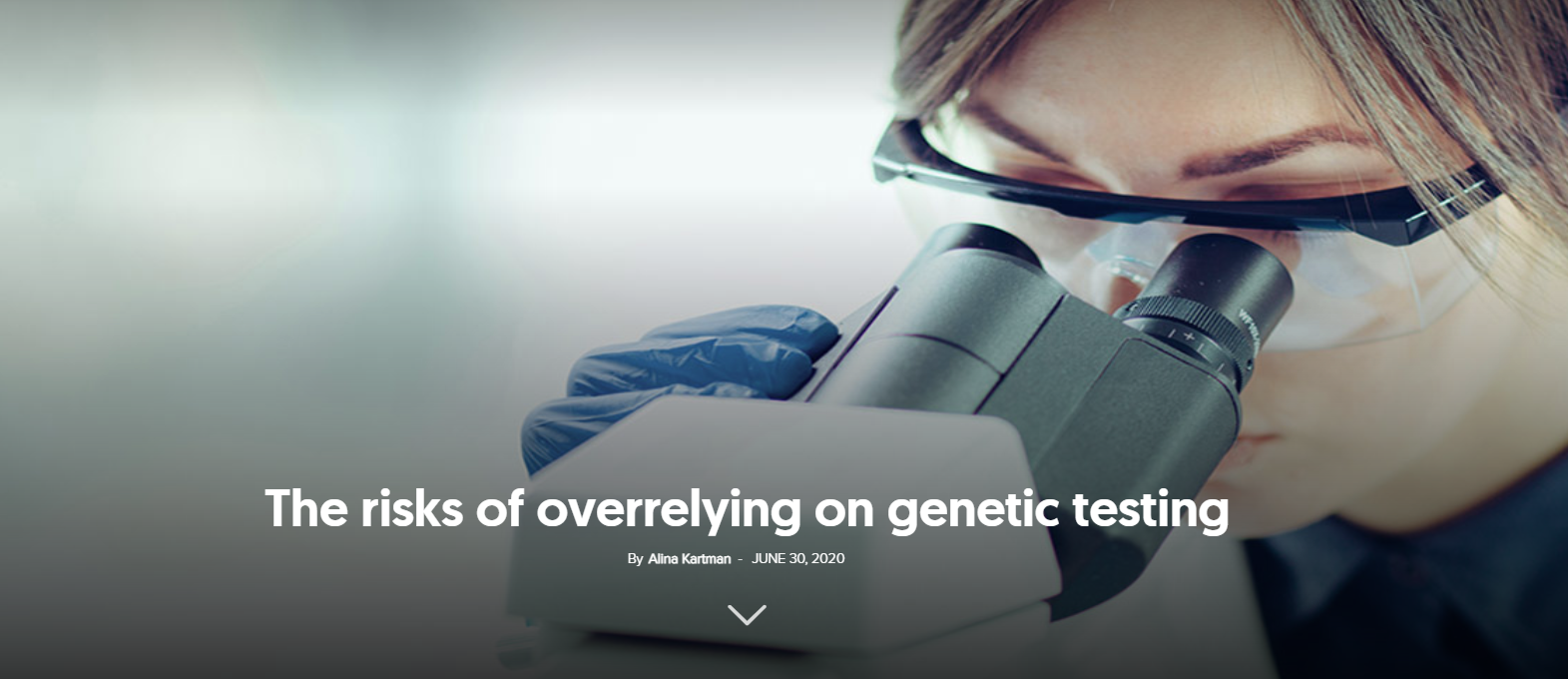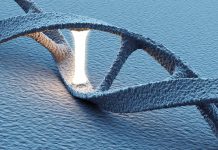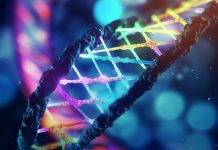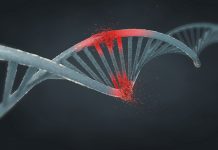Although the results do not seem spectacular yet, at least to the majority of the population, probably the most remarkable advances in the field of healthcare in the last 30 years relate to the mapping of the human genome (completed in 2003), the genome of other animal and plant species, and the development of bioinformatics.
These advances seem only of very limited interest, relevant to a handful of researchers, and not to ordinary people. Those who know the field, however, know that the sequencing of the human genome is as rich in consequences—in the fields of healthcare and biology—as the mapping of the world after the discovery of the American continent, in the 16th and 17th centuries.
What seemed to be just another route to South and Southeast Asia turned out to change the geopolitical configuration of the planet. Similarly, what at first appears to have been just an inward voyage of discovery or a journey to the centre of the cell, something that could be of interest only to specialists, has the potential to change people’s lives and healthcare systems in ways we can’t even fathom.
The sequencing of the human genome and bioinformatics, a new discipline at the confluence of computer science and genetics born in this quarter of the century, have opened the way for what is called “personalised medicine.” The word “personalised” in this expression has both a very technical and a very deep meaning: as each person is unique from the perspective of the unique combination of genes that define their organism, personalised medicine is envisioned to be truly unique to that individual and their unique combination of genes.
Mendel, Morgan, and the origins of genetics
The first published work in the field of the new science that would be called genetics was a four-page article in 1866, written by the Augustinian monk Gregor Mendel. The work presented his conclusion, based on the analysis of nearly 30,000 pea plants,[1] that indicated that there are laws governing the passing on of genetic factors from parent to offspring.
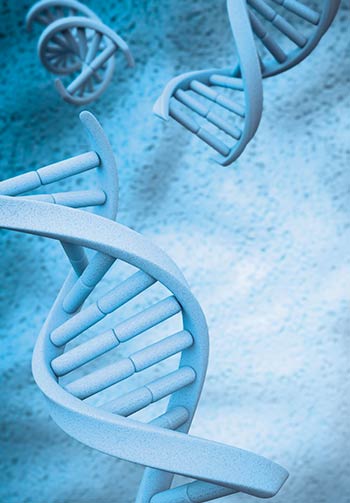
However, over the next 35 years, the work was cited only three times. Upon Mendel’s death, a commemorative announcement mentioned in passing that the former monk’s research on hybrids “have in fact opened a new epoch.” But it was rather a polite appreciation, at a time when only good things must be said. The author of the commemorative note seems to have given more importance to the fact that Mendel had “cultivated excellent vegetables.”
It was not until the beginning of the 20th century that Mendel’s article was rediscovered. On this occasion, scientists began to divide into Mendelians and anti-Mendelians. Among the latter, a young American zoologist, Thomas Hunt Morgan, began a series of experiments through which he was convinced that he would prove that Gregor Mendel was wrong.
Morgan did not grow peas, but grew a small insect, popularly called the common fruit fly, and by specialists, Drosophila melanogaster Meigen. Just like peas, the fruit fly also has clearly-defined features which are easy to study: red or green eyes, long or short wings, etc. Although driven to prove that Mendel was wrong, at the end of his experiments, Thomas Hunt Morgan was forced to admit that Mendel had been right.
In the end, it would be an auspicious ‘defeat’ for Morgan, considering that in 1933, at the age of 67, he would be awarded a Nobel Prize[2], “for his discoveries concerning the role played by the chromosome in heredity”.
The Human Genome Project
After Morgan, research accumulated at an increasingly dizzying pace, and reviewing the papers, even briefly, would far exceed the space allocated to this article. In 1953, James Watson and Francis Crick deciphered the structure of DNA, and in 1961, Marshall Nierenberg cracked the genetic code, uncovering the correlation between the four letters that make up the DNA text (nitrogenous bases) and the twenty letters that form proteins (amino acids).
We don’t know if it even crossed the minds of these pioneers that in less than a century, the complete text of the DNA of an ordinary person would be readable at a cost of only a few thousand dollars.
The Human Genome Project was an American project with international participation, launched in 1990. In April 2003, this ambitious undertaking—which cost about 2 billion dollars—was already completed, ahead of schedule and under budget. The international consortium managing the project has published a draft of the human-specific DNA sequence, which is estimated to cover 99% of the human genome and has an accuracy of 99.99%.
The first sequence of the human genome has transformed the human body from a terra incognita (an unknown land) into a territory that we know better and better, making it less and less likely to get lost. If, until the initiation of the great project, researchers hesitated or contradicted each other regarding the number of genes (numbers varying between 50,000 and 140,000 genes were advanced), today we know that the number of genes that define the construction project of the human body is much smaller, approximately 21,000.
In a way, the Human Genome Project was just a seed that developed rapidly, with numerous branches. For example, the Cancer Genome Atlas is estimated to be the equivalent of 20 Human Genome Projects.
Genes hold the key to many diseases
This ambitious undertaking has already led to the discovery of more than 1,800 genes involved in the pathology of some diseases, whether more common or rare. There are currently more than 2,000 genetic tests for various diseases, tests that help doctors establish a correct diagnosis and allow patients to understand the risks a disease poses for them or their potential offspring.
Although some aspects had already been identified before 1989, in the subsequent years and especially after the completion of the Human Genome Project, it became increasingly clear that some genetically determined conditions are monogenic (caused by alterations at the level of a single gene), while others are polygenic and multifactorial (determined by several genes, as well as by external, environmental factors).
The former could be studied (although the costs were high) even before the age of genomics, while studying the latter was almost impossible before the new technologies arising in the last quarter of a century.
If, traditionally, a limited number of genes were analysed for a given patient, nowadays diagnostic tests can examine a large number of genes (for example, genes potentially relevant to cardiovascular events), and more recently even whole genomes can be scanned for certain diseases (e.g. diabetes), because often there are several genes that are involved in a disease, the expression products of which interact in a way that we do not yet fully understand.
Such tests generate big data, which requires the support of bioinformatics to identify the relevant pieces of information and decipher them. For each altered gene or protein–protein interaction, technology makes it increasingly easy to discover new drugs that can correct the effects of those modifications.
Our genes and their mutations (wrong letters in the DNA text) hold the key to many of the ailments to which we are susceptible. Even if genes do not mean destiny, sometimes the presence of certain genes or mutations greatly increases the risk of developing a condition, and knowing this fact could allow the person concerned to protect themselves with the appropriate solutions (to the extent that this is feasible, which does not always happen).
Therefore, a person might be interested in knowing what genes, mutations or atypical variants are present in certain positions, in order to be able to estimate risks for certain conditions. There are already companies that have seen consumer interest in this direction and offer such tests for different prices. As the phenomenon was democratised, the services offered by such companies became relatively cheap. For example, the American company 23andMe offers DNA testing services for only 99 USD.
For the consumer, apart from the price, everything comes down to a saliva sample. The company then makes the raw, uninterpreted data available to the client (the client also has the possibility to ask for a geneticist or a doctor to do the interpretation). Such data allowed some adopted children (under conditions of anonymity) to identify their biological parents or relatives, and thanks to the services of such companies, brothers and sisters who had never known each other were able to meet as adults.
Pharmacogenomics
Another direction in which the progress made in the last 30 years is impressive is pharmacogenomics. It assesses or establishes the relationship between a person’s genetic profile and the expected effects of a drug on that person. For example, the antiviral drug abacavir (used to treat HIV/AIDS) causes hypersensitivity reactions (allergies) in people who carry a certain version of the HLA-B gene (an important protein for the immune system), called HLA-B*5701.
A drug developed for the treatment of late-stage melanoma (a form of skin cancer), vemurafenib, is only indicated for patients who have a particular mutation in a protein called BRAF (the V600E mutation, so named because it refers to the amino acid at position 600 of this protein). Information of a pharmacogenomic nature is already officially available for approximately 200 drugs, but the volume of this information will increase more and more in the coming period.
With the accumulation of data on the genes and mutations that underlie many human ailments, it has become apparent that not all diseases are created equal. At least with regard to cancer, these aspects are increasingly evident.
For example, in the early 2000s, a clinical trial tried to evaluate the effectiveness of two newer drugs, gefitinib and erlotinib, in non-small cell lung cancer. It was observed then that only about 10% of the treated patients showed spectacular results, a fact considered sufficient by the American drug authority (FDA) to authorise these treatments.
Later, however, it was discovered that only those patients who had certain mutations in a protein involved in regulating cell growth and division (epidermal growth factor receptor, EGFR) responded to treatment, and these mutations provided a criterion for predicting response to treatment (a new study highlighted objective responses in about 70% of patients who had this mutation).
Nowadays, when it comes to cancer, it is becoming increasingly important to understand the underlying mutations and the impact they have on the response to treatment, as well as on the progression of the disease.
Towards personalised medicine
The fact that we now understand that, for example, non-small cell lung cancer is not uniform, but varies depending on the mutations that occur in certain genes, brings us closer to understanding the concept of personalised medicine. And it can be assumed that the old saying attributed to Hippocrates, “There are no diseases, only sick people,” remains perfectly valid in the age of genomics.
Even in the case of a non-small cell lung cancer with the same activating mutation in EGFR in two patients, they will still differ in other genes, which may cause the response to a particular drug to be different. It could be that the drug is equally effective in both patients, but because of the different versions of a particular gene, one of them will have a serious side effect that the other will not. That is why the understanding of the disease and the determination of the treatment must be truly personalised.
This allows the medicine of the future to be foretold as a truly personalised medicine, adapted to each patient. As we can now foresee, a patient’s journey will be as follows: after the classic patient history is given, the patient will undergo a genomic analysis (whose costs will not be much higher than many current lab tests), in which each gene will be identified with precision.
By comparing the results of this analysis with a large database, a computer will provide the doctor with a list of drugs that are highly likely to be effective, as well as a list of side effects that, depending on the respective genes, the patient could experience when taking each of the respective drugs. This will allow the doctor (together with the patient) to choose the drug with the best risk-benefit profile (if all identified drugs will have side effects, those with minor, not serious, side effects can be selected).
Too optimistic?
Of course, not everything is as ideal as it may seem. Knowledge is still limited, and very bright prospects may seem exaggerated. For example, one could refer to cystic fibrosis, a disease whose genetic basis is now very well understood (the gene responsible for the disease was identified in 1989), but for which we currently do not have a cure. With the completion of the Human Genome Project it was hoped that a cure would be found, but progress was slower than initially thought.
The explanation provided by one of the key people involved in this project, Francis Collins, on the 10th anniversary of the project’s completion, may be key in understanding this disappointment: “Those who somehow expected dramatic results overnight may be disappointed, but should remember that genomics obeys the First Law of Technology: we invariably overestimate the short-term impacts of new technologies and underestimate their longer-term effects.”
The Human Genome Project was the bravest, longest, and most complex journey into the inside of the human being. This helps the individuals to understand themselves better and provides the key to improving the physical health of each person, as well as extending life by one, five or maybe fifty years.
This project and many other similar projects generate petabytes of data[3]—however, it does not provide a key to improving the moral health of humanity. In Romania, in the south or in the north of Africa, in the Middle East, on the American continents, in Australia, or in any other part of the globe, the human we understand so well today from a genetic standpoint remains enigmatic from a moral point of view. People continue to love and hate, steal and give, cheat and sacrifice, lie and tell the truth, abuse and respect others, profane or sanctify.
And if there are still some indications of the existence of altruism or love genes (in connection with oxytocin), a free-will gene has not yet been identified and will never be identified. People are free and act freely for good or for evil (even though the definitions of good and evil may themselves involve high volumes of text). And it seems more likely that the moral human[4] will heal himself or herself through faith and ethics rather than gene or chemical therapies.
Robert Ancuceanu is a doctoral professor at the Faculty of Pharmacy within the “Carol Davila” University of Medicine and Pharmacy in Bucharest, Romania.












